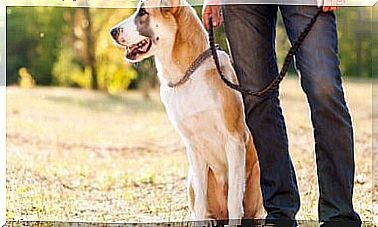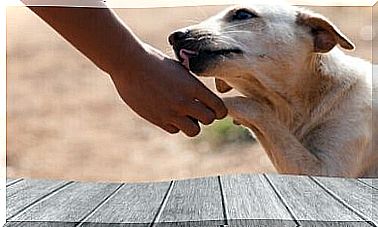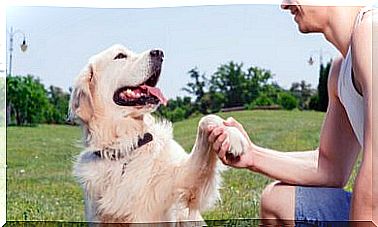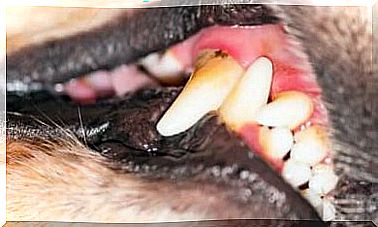How To Tell The Dog’s Age

You may have already asked yourself “how old is my dog?” which may be a big mystery to you… Knowing your dog’s age can help you decide how to feed him, what preventive care he needs and how to provide a happier life.
Obviously, your dog’s size, breed, general health and activity level all affect how it ages. For example, small dogs tend to live longer than large dogs as, depending on the breed, they age and mature at different rates.
If you adopted a dog when he was a puppy, you probably have a good idea of his exact age in the canine and human years. But if your dog wasn’t a puppy when you adopted him, how do you find out how old he is?
Fortunately, there are a few ways to estimate a dog’s age.
check teeth
The most reliable way to estimate how old a dog is is to examine its teeth. Puppies as young as five weeks will likely have no teeth, while puppies aged five to eight weeks will have sharp, temporary teeth.
Your puppy will begin to have permanent teeth around three to four months of age and they will remain white, shiny and clean until their first year. Afterwards, your teeth may start to show some wear. At first you will see spots and plaques at the back of the mouth.
By age three, most teeth will be slightly yellow and have visible plaque. Dogs as young as five years old tend to have a lot of tartar, teeth that are less pointed or even slightly frayed, and an increased risk of dental disease. And dogs over 10 years of age often have loose, cracked, or missing teeth.
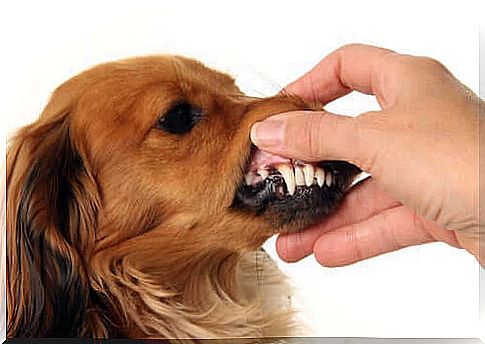
The dog’s age according to its coat
Similar to humans, most dogs start to get a little gray as they get older. Between 7 and 10 years of age, your dog is likely to develop some gray or white hair on the muzzle, chest, or hips.
However, the early appearance of gray hair is not necessarily a sign of aging and may actually be a result of stress or anxiety, just as it is with humans.
How old is the dog looking into his eyes
The eyes are another place that can reveal the dog’s age. As a dog ages, its eyes may begin to cloud or develop a slight tearing. This is a normal part of the aging process, which starts to show up when a dog is between six and eight years old.
However, it is a good idea to talk with your veterinarian to ensure the change is not affecting your pet’s vision or causing discomfort . Some dogs completely lose their vision or develop cataracts as they age.
Pay attention to the animal’s hearing
Vision is not the only sense that can change with aging. Younger dogs usually have very keen hearing.
But you may notice that an older dog is having trouble hearing when you approach or answering your call. The veterinarian can check for hearing loss and help you care for a dog that can no longer hear.
The dog’s age according to the muscles
You can also find out your friend’s age by looking at muscle tone and body shape. Puppies tend to have soft, rounded bodies with little muscle tone. They also likely have very large ears and legs.

Young and middle-aged dogs in good health tend to have some visible muscles and a slim, defined shape. An older dog may have decreased muscle tone, be a little more weighty, or begin to get a little bony.
Mobility and activity level
If your dog is younger, he is likely to move easily and be eager to play or run. As they get older, they become less energetic and often find it difficult to climb or descend stairs, jump or run.
Older dogs may also show less interest in playing and prefer taking a nap on the couch than jogging in the park. Monitor your dog’s activity level and look for signs of stiffness or limited joint mobility.
don’t forget about genetics
While these methods can help you figure out how old a dog is, not all dogs age in the same way. Depending on its breed, medical history, diet and activity level, your dog may show signs of premature aging or remain “awake” even in the last few years of his life.

